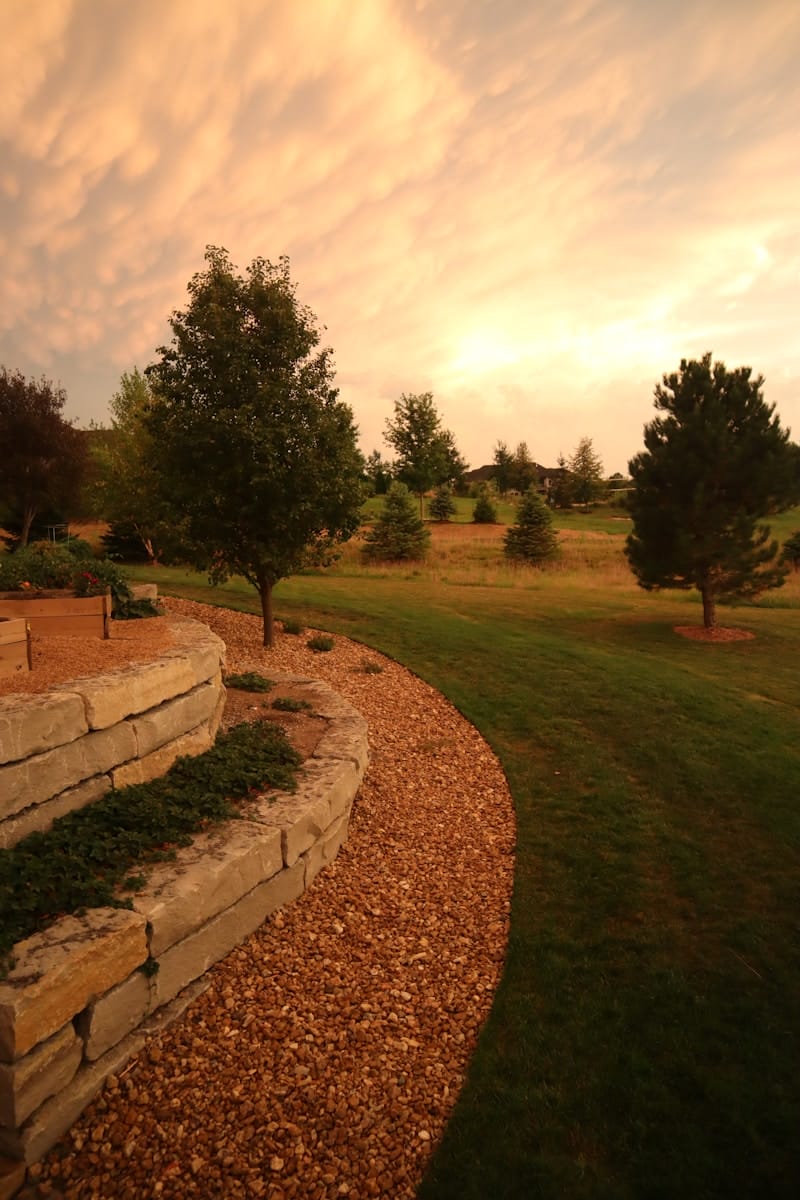In recent years, the DIY movement has seen a significant upswing, with more homeowners taking to their yards with the ambition of transforming them into personal paradises. Among the myriad tools being adopted for such endeavors, one stands out for its unexpected utility in the realm of home improvement: the concrete breaker. Traditionally associated with industrial demolition, these powerful tools are carving out a new niche in the enhancement of outdoor spaces. Whether it’s reshaping a garden path, constructing a new patio, or installing an outdoor fireplace, the concrete breaker proves to be an indispensable ally. Its transition from construction sites to residential landscapes underscores a broader trend where efficiency and effectiveness in DIY projects are highly prized, demonstrating that even the most robust tools have a place in the hands of ambitious homeowners aiming to elevate their outdoor living areas.

Understanding Concrete Breakers
Concrete breakers, often synonymous with demolition hammers, are designed to power through concrete, asphalt, and other hard materials with relative ease. This tool’s primary function is to break down these tough materials into manageable pieces, making them essential for demolition tasks. However, its application extends far beyond just demolition; in the context of landscaping and garden projects, a concrete breaker can be a game-changer.
The benefits of using high-quality concrete breakers in outdoor projects are manifold. First and foremost, they offer unmatched efficiency. With the ability to quickly break through hard surfaces, these tools can significantly reduce the time and labor typically required for manual digging or chiseling. This efficiency is not just about speed; it’s also about precision. High-quality concrete breakers are designed to offer control over the demolition process, allowing users to shape their outdoor spaces precisely without unnecessary damage to surrounding areas.
Moreover, concrete breakers’ effectiveness is greatly enhanced by their durability. Quality models are built to withstand the rigors of heavy use, ensuring that homeowners can rely on their tools to perform consistently over many projects. This durability, coupled with the tool’s efficiency and precision, makes concrete breakers an invaluable asset for anyone looking to undertake substantial outdoor renovation projects.

Concrete Breakers in Action: Transforming Your Landscape
Concrete breakers have revolutionized the way homeowners approach their outdoor landscaping projects. By harnessing the power of these robust tools, creating pathways, patios, and even intricate water features has become more accessible and efficient. For instance, when designing a garden pathway, a concrete breaker can quickly clear the designated area of any existing concrete or rocky base, setting the stage for a beautiful walkway framed by lush greenery. Similarly, for patio construction, these tools make the initial phase of breaking up old paving effortless, enabling homeowners to lay down new stones or tiles for a fresh outdoor living area.
The practical advantages of concrete breakers in landscaping are profound. Their speed allows projects that would traditionally take days of manual labor to be completed in a fraction of the time. Precision, another key benefit, ensures that only the targeted areas are affected, preserving the integrity of surrounding plants and structures. Additionally, the capability to tackle tough materials with ease opens up a realm of possibilities for incorporating varied design elements into a landscape, such as repurposing broken concrete pieces into an artistic garden mosaic or as rugged, naturalistic borders around plant beds.
DIY Project Guide: Using a Concrete Breaker for Your Garden Makeover
Planning and executing a landscaping project with a concrete breaker involves several steps aimed at safety and efficiency:
Project Planning: Identify the area of your garden you wish to transform. Consider the size of the project, such as removing an old concrete patio or carving out a new garden path.
Choosing the Right Concrete Breaker: Select a concrete breaker that matches the scale of your project. A more powerful model may be necessary for larger areas, while a lighter, more maneuverable tool might benefit smaller, confined spaces.
Preparation and Safety: Before beginning, ensure you have the necessary safety equipment, including goggles, gloves, and ear protection. Clear the area of any movable obstacles and cover any nearby plants or features you wish to protect from debris.
Execution: Start with outlining the area to work on using spray paint or chalk. Proceed with the concrete breaker, keeping a firm grip and starting at one edge, gradually working your way across the targeted area. Maintain control and focus on even, deliberate strikes to prevent unnecessary damage.
Maintenance Advice: After each use, clean the concrete breaker to remove any dust and debris. Regularly check the tool for wear and tear, especially on bits and chisels, replacing them as needed to ensure optimal performance.
Creative Ideas: Consider using broken concrete pieces as stepping stones for a rustic garden path or aggregate them into a unique outdoor seating area. The versatility of the concrete breaker allows for a wide range of creative applications in your garden makeover.
By following these steps and utilizing a concrete breaker, homeowners can achieve professional-level results in their outdoor projects, transforming their landscape into a more beautiful, functional space.
In Conclusion
The concrete breaker emerges not just as a demolition tool but as a versatile partner in the pursuit of creative and sustainable landscaping. Its ability to expedite projects while offering precision and power makes it an invaluable asset for DIY enthusiasts. By embracing the concrete breaker, homeowners are equipped to undertake more ambitious garden transformations, ultimately enhancing their outdoor living spaces and contributing to a more sustainable interaction with the natural world.
